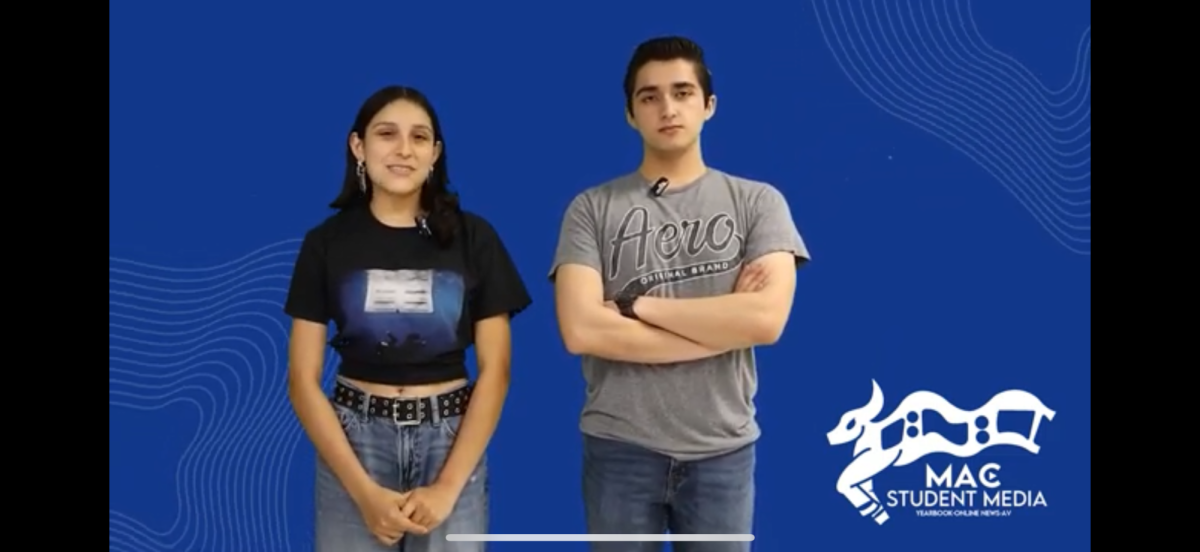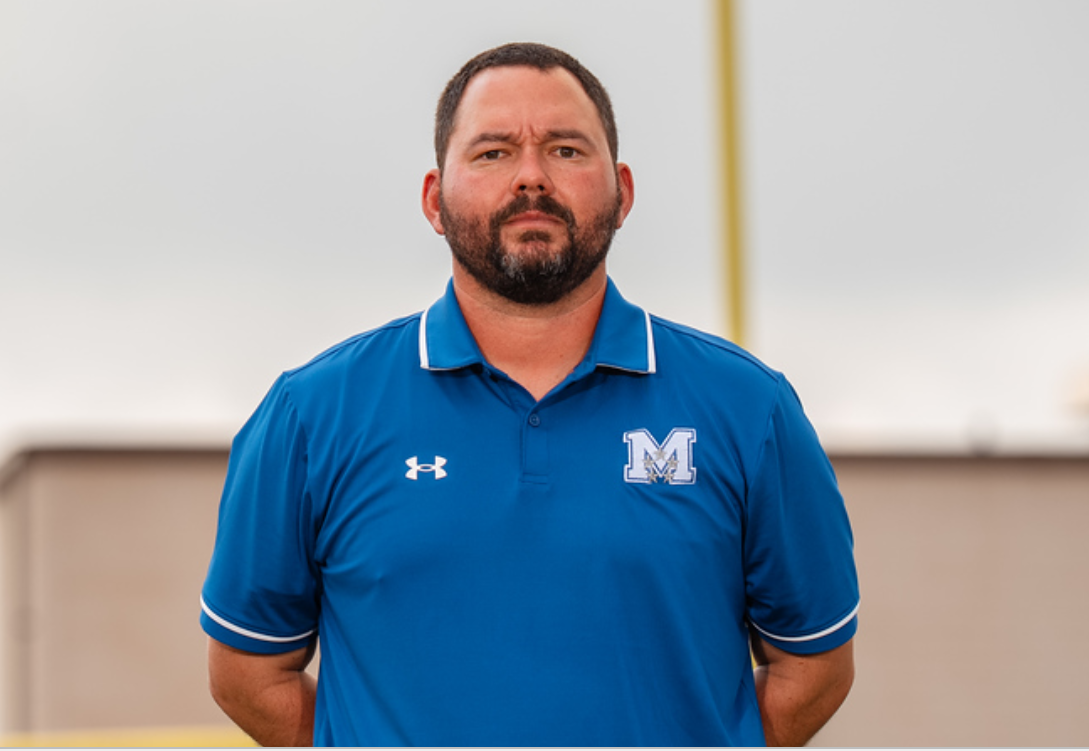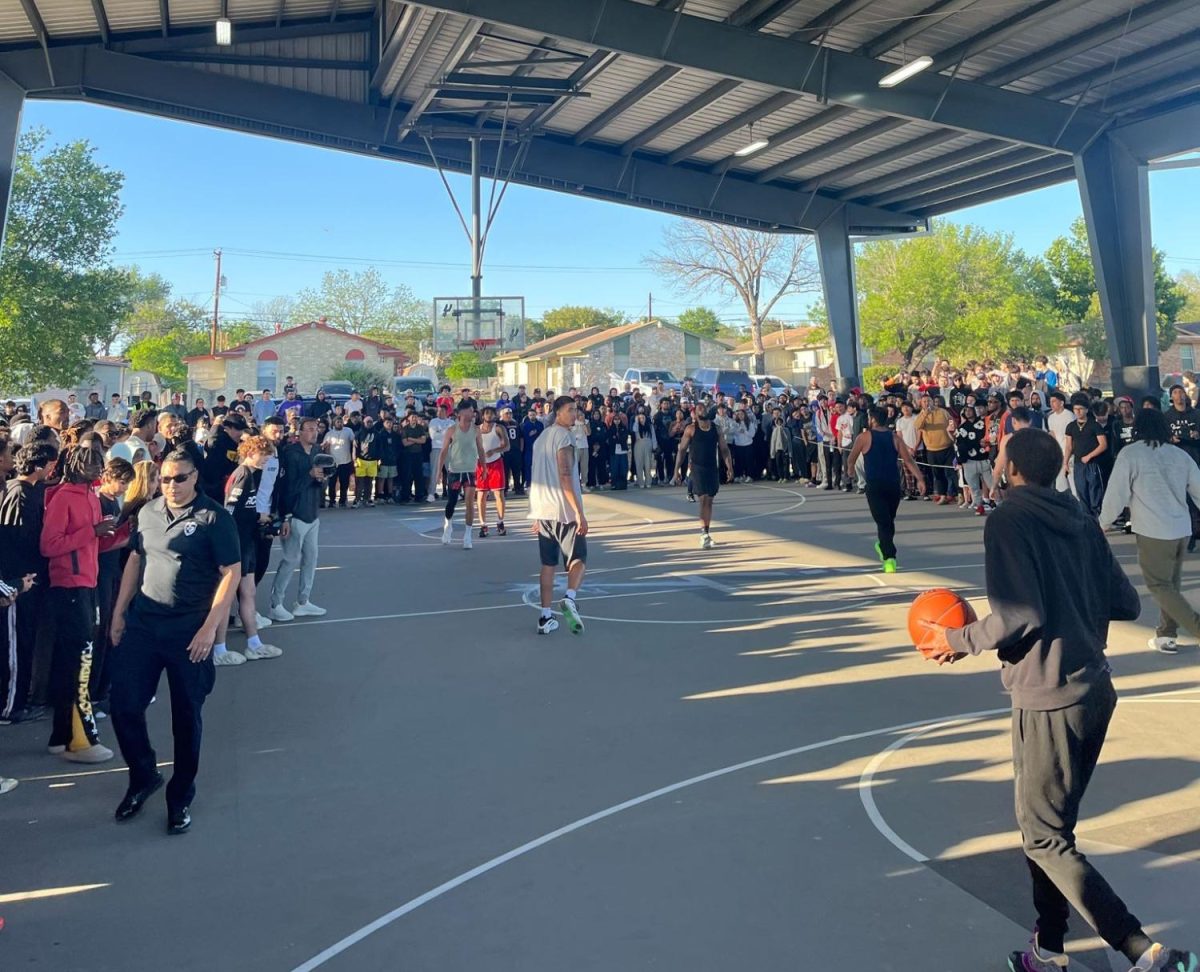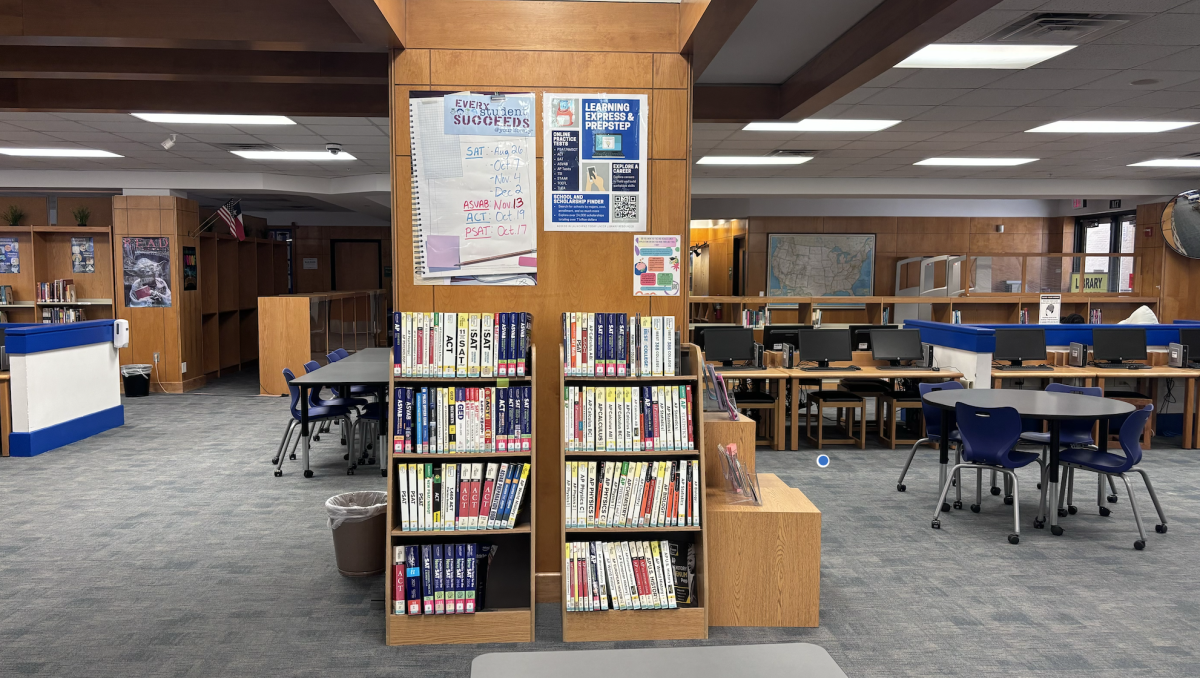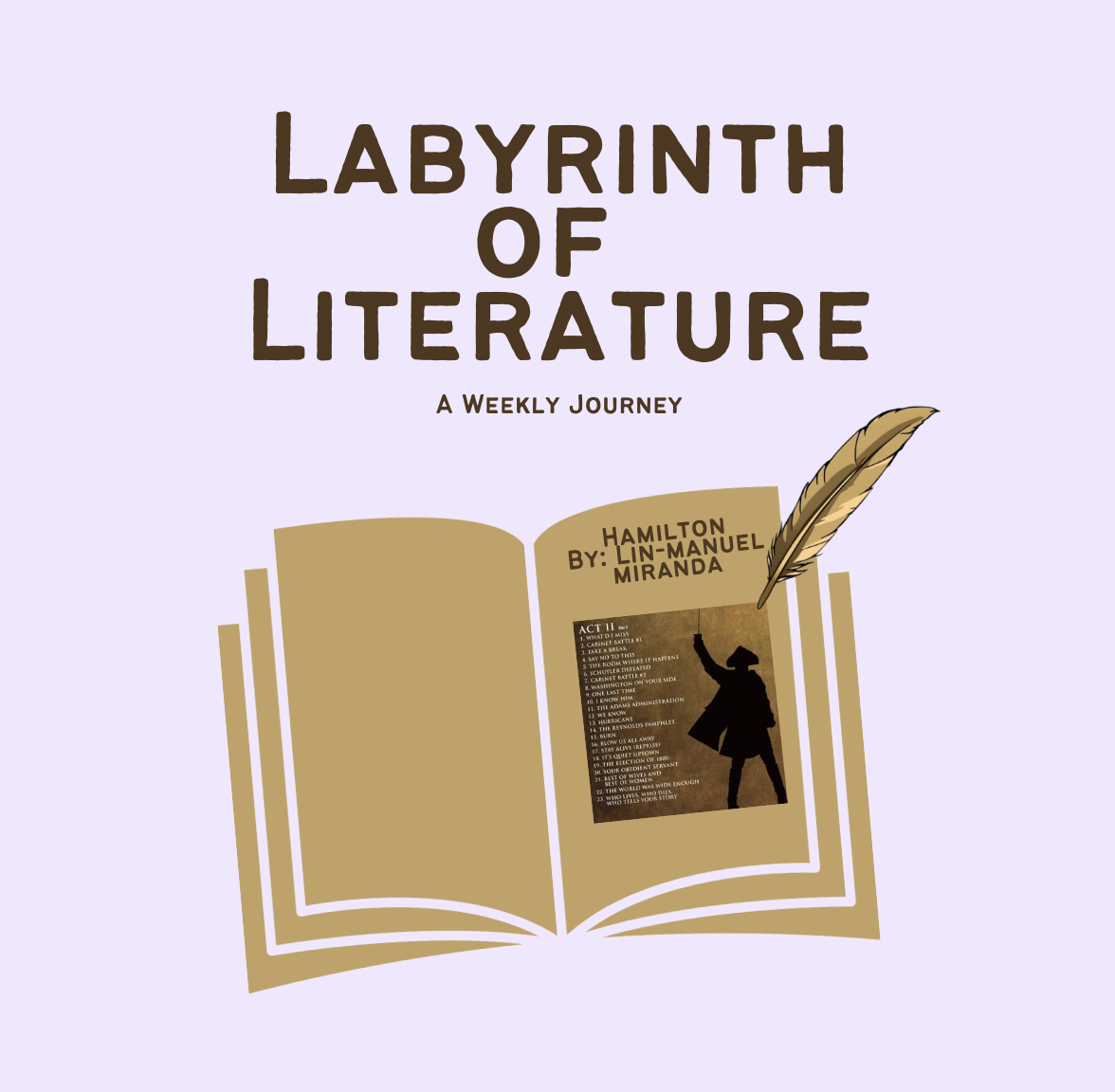Being bilingual can be beneficial in numerous ways: career-wise, college wise, and brain development wise, and the Dual Language Program in NEISD is one of the most advantageous ways to gain Spanish skills progressively every school year. As a committed Dual Language student for 13 years, I’ve observed the flaws as well as the extreme assets the program provides for students since my first day of school ever.
When I entered kindergarten, my parents decided to place me in the Dual Language Program. My parents wanted to expand my employment opportunities as I grew older, and it was the perfect program to help me achieve that. There are three different language distribution percentages for elementary, middle, and high school. When students begin elementary school, the language is distributed by the 90/10 model, a model in which 90% of classes are taught in Spanish, and the other 10% in English. This model in my opinion is the strongest and most effective. I believe that this model is what shaped me to be able to be fluent in Spanish, because of how much Spanish it truly focuses on.
In elementary school, the program had no flaws in my eyes. It was simply just fun and everyone who was involved in it enjoyed it. NEISD offers the Dual Language Program Model at 16 different elementary schools, which means as a child in elementary school the program is very easily accessible. In middle school though, that accessibility becomes more limited with it only being offered at five middle schools, and in high school there’s an even greater limitation with only one high school, ours, offering it. The main issue with it only being offered at certain middle and high schools is that if someone were to consider joining the program, transportation will not be provided for students who reside outside of the bilingual cluster boundaries. This means that if a student is not within the designated boundary of a dual language school, the student must either do a school choice or give up the program completely.
Once students enter middle school, the dynamic changes drastically from how it was in elementary. Students go from having almost every subject taught to them in Spanish, to the only classes taught in Spanish being social studies and a separate Spanish literacy class. This alters many things for Dual Language students, and believe it or not it’s a big adjustment for them that not many people talk about.
In high school, it becomes almost an entirely different program. Students have two classes taught in Spanish, every science class and every social studies class for all four years. Despite every other regular class having multiple teachers per subject with different periods of the class taught every day, dual language students at Mac only have basically one teacher for every dual language class. This is no reflection of the program, but it’s an unfortunate disadvantage students face in a program that should be providing only advantages. And since the program does not exist in any school except ours, it’s confusing for students to try and understand why there are barely any teachers for our program. I’ve had the same science and history teacher consecutively for all four years, something that has never happened in any of my regular classes.
The limit of teachers restricts students because of scheduling conflicts. Because there is only one teacher for those classes, the teacher only has one period per class, (one period for AP, one for regular, with all different grade levels of classes). For example, if a student wants to take a newspaper class or ASL class, but the period of that class conflicts with being the same period of a dual language class, the student has to make a decision to drop the dual language class or drop the class they wanted to take.
Although these disadvantages can be a burden, it doesn’t take that much away from how strong and helpful the program can be. With the limit of teachers, students get the chance to grow a relationship with the teachers students have, and those meaningful relationships can benefit students in their future, with letters of recommendation with college and future jobs students may acquire. On top of that, as a child in the Dual Language Program, they create bonds with the other students that literally last forever. Even though the program progressively becomes less and less accessible, students basically are in the same dual language classes with friends they’ve made in the program until they graduate.
The Dual Language Program isn’t only about learning and completing work in Spanish for school. It’s about connecting with the language, making friends in the program that’ll be by your side for all the school years to come, and gaining a skill that will benefit you for the rest of your life.

